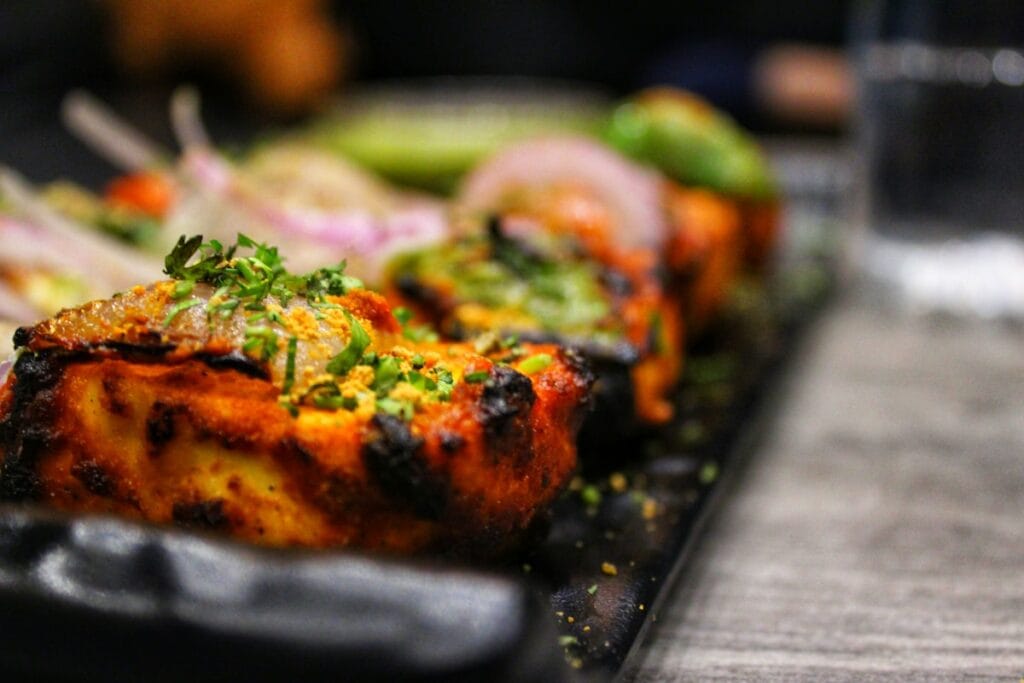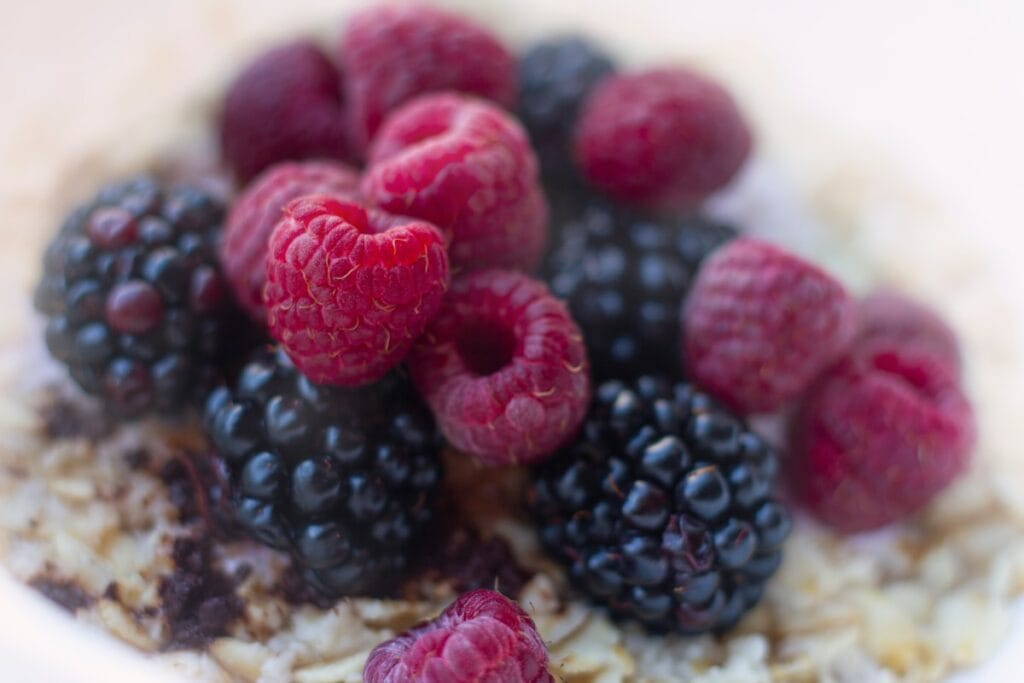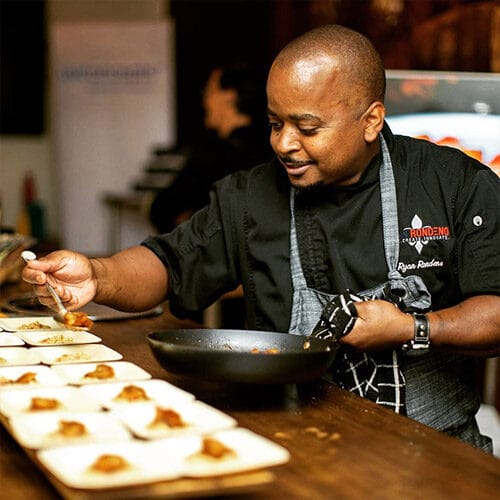Intermittent Fasting: Simple Recipes with Calorie Count for Beginners
Our ancestors often went long periods without food and some nutrition experts suggest that intermittent fasting may align better with our body’s natural rhythms. We curated two simple recipes with calories counting to inspire you if you are a beginner.

Intermittent fasting (IF) is an eating pattern that alternates between periods of eating and fasting, rather than focusing on what foods to eat. It’s grown popular both for weight management and its potential health benefits, which research continues to explore. The approach taps into how our ancestors often went long periods without food and some nutrition experts suggest that this may align better with our body’s natural rhythms. We hope this article will help you understand more when intermittent fasting started and where it could take you next. We curated two simple recipes with calories counting to inspire you if you are a beginner.
There are several popular methods of fasting but intermittent fasting is different and each type comes with different schedules:
16/8 Method: Fasting for 16 hours and eating within an 8-hour window, usually skipping breakfast. For example, eating only from noon to 8 p.m.
5:2 Diet: Eating normally for five days a week and then eating only 500-600 calories on two non-consecutive days.
Eat-Stop-Eat: Fasting for a full 24 hours once or twice a week.
Alternate-Day Fasting: Alternating between a day of normal eating and a day of reduced calorie intake or complete fasting.
There are also balanced meal kits packed with plant-based ingredients to support your journey to vibrant health.
How Intermittent Fasting Works
During a fasted state, insulin levels drop, encouraging the body to use stored fat for energy. This fat-burning process may promote weight loss, while fasting might also trigger beneficial cellular repair processes, including autophagy, where cells clear out damaged components.
Studies on IF show potential benefits beyond weight loss:
Improved Metabolic Health: IF may help reduce insulin resistance, lower blood sugar, and support better overall metabolic health.
Reduced Inflammation: Fasting may help reduce inflammation markers, which are linked to several chronic diseases.
Heart Health: It may lower “bad” LDL cholesterol, blood triglycerides, and inflammatory markers.
Brain Health: Animal studies suggest that IF could benefit brain health by reducing oxidative stress, inflammation, and supporting brain cell growth.
Considerations and Caution for Intermittent Fasting
Intermittent fasting may not suit everyone, especially those with certain medical conditions, a history of eating disorders, or individuals needing a steady intake of calories, such as pregnant women. Side effects may include hunger, irritability, and difficulty concentrating, particularly when starting out.
For beginners, the 16/8 method can be one of the easiest and most sustainable ways to ease into IF, as it generally aligns with regular sleep-wake cycles. Keeping hydrated, eating nutrient-dense foods during eating windows, and starting with a trial period may also help.
Intermittent fasting can be a flexible approach to health and wellness for many people. However, as with any dietary change, it’s wise to consult with a healthcare provider, especially if there are underlying health conditions.
Here’s the first two day from a 12-day cycle of intermittent fasting meals, with three meals per day and calorie counts. Each day also includes advice to support healthy fasting. Please feel free to get in touch for the rest of the 12- day cycle.


Day 1
Breakfast: Avocado and Egg Toast
Ingredients:
Whole-grain toast, 1 slice (80 calories)
½ avocado, mashed (120 calories)
1 egg, fried or poached (70 calories)
Total: ~270 calories
Lunch: Tuna Salad with Quinoa
Ingredients:
Canned tuna, ½ can (100 calories)
Cooked quinoa, ½ cup (110 calories)
Mixed greens, tomatoes, cucumber (30 calories)
Olive oil, 1 tsp (40 calories)
Total: ~280 calories
Dinner: Grilled Chicken with Steamed Vegetables
Ingredients:
Grilled chicken breast, 4 oz (180 calories)
Steamed broccoli, carrots, and zucchini (50 calories)
Drizzle of olive oil (40 calories)
Total: ~270 calories
Advice: Keep hydrated throughout the day. Start your day with a glass of water to support your fasting cycle.
Day 2
Breakfast: Greek Yoghourt with Mixed Berries
Ingredients: Greek yoghourt, 1 cup (100 calories)
Mixed berries, ½ cup (30 calories)
1 tbsp chia seeds (60 calories)
Total: ~190 calories
Lunch: Turkey Wrap with Whole-Grain Tortilla
Ingredients:
Whole-grain tortilla (90 calories)
Turkey breast, 3 slices (60 calories)
Lettuce, tomato, and cucumber (20 calories)
Hummus, 1 tbsp (30 calories)
Total: ~200 calories
Dinner: Baked Salmon with Broccoli
Ingredients:
Salmon fillet, 4 oz (200 calories)
Steamed broccoli, 1 cup (55 calories)
Olive oil drizzle (40 calories)
Total: ~295 calories
Advice: Take time to eat slowly and mindfully, which can help you feel satisfied longer during fasting.
Each of these meals is designed to be filling and nutritious, providing steady energy within the intermittent fasting eating window. You can mix and match these options or adjust portion sizes based on your needs. Enjoy!
Do you want to share your story and inspire our readers ? Know that YOUR EXPERTISE is paving the way for a fairer, happier society.





